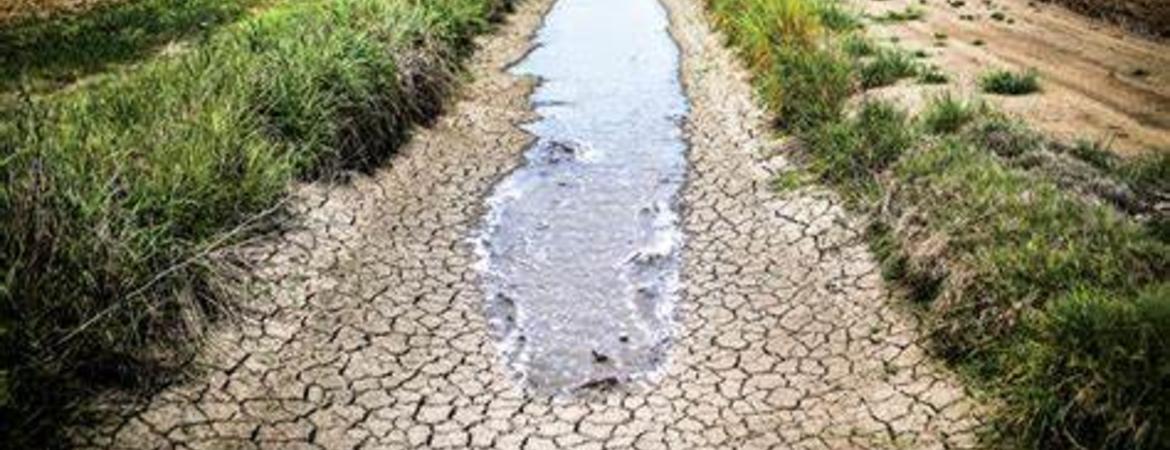
A research team led by Sean Cutler, an IIGB/CEPCEB plant cell biologist, has found a new drought-protecting chemical that shows high potential for becoming a powerful tool for crop protection in the new world of extreme weather.
Named “quinabactin” by the researchers, the chemical mimics a naturally occurring stress hormone in plants that helps the plants cope with drought conditions.
Working on Arabidopsis, a model plant used widely in plant biology labs, Cutler and his colleagues focused their efforts on tinkering with one of the plant endogenous systems involved in drought responses. Plant leaves are lined with tiny pores, called stomata, which dynamically open and close to control the amount of water lost to the environment by evaporation. So that the plants can acquire carbon dioxide from the atmosphere, the pores need to be open some of the time, resulting in some loss of water.
During drought the stomata close firmly to limit water loss. Behind the scenes, a small hormone called abscisic acid (ABA) orchestrates the opening and closing of the pores. Cells throughout the plant produce increasing amounts of ABA as water levels decrease. ABA then moves throughout the plant to signal the stressful conditions and close the stomata. Inside plant cells, ABA does its job by turning on a special class of proteins called receptors. The discovery in 2009 of ABA receptors by the same team behind the current breakthrough was heralded by Science magazine as one of the top breakthroughs of 2009 because of its relevance to the drought problem.
Since ABA itself is much too expensive for practical use in the field by farmers, Cutler and his team searched through many thousands of molecules to identify inexpensive synthetic chemicals that could activate the receptors by mimicking ABA. The team found and named quinabactin, a molecule they show is almost indistinguishable from ABA in its effects, but much simpler chemically and therefore easier to make than ABA. By studying how the new molecule activates the ABA receptors that are involved in drought tolerance, the team also has learned more about the underlying control logic of the stress response system and provided new information that can be used for others interested in developing similar molecules.
Cutler’s collaborators on the research project are Brian Volkman and Francis Peterson at the Medical College of Wisconsin, who helped unravel the mechanism by which quinabactin mimics ABA by determining the atomic structure of the new molecule bound to one of its cellular receptors. Others who worked with them are Masanori Okamoto (first author of the research paper), Andrew Defries and Sang-Youl Park at UCR; and Akira Endo and Eiji Nambara at the University of Toronto, Canada.
BBC News July 22, 2013 Article here.
Citation:
Okamoto M, Peterson FC, Defries A, Park S-Y, Endo A, Nambara E, Volkman BF, Cutler SR (2013) Activation of dimeric ABA receptors elicits guard cell closure, ABA-regulated gene expression, and drought tolerance. Proc Natl Acad Sci U S A doi:10.1073/pnas.1305919110.